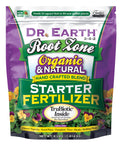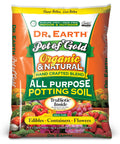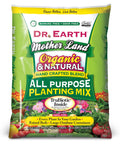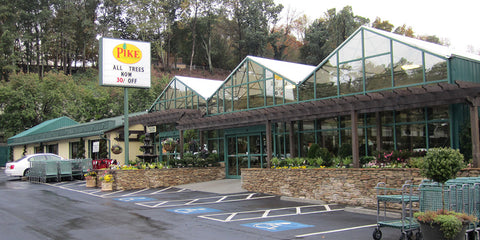Details
Features
Japanese Nest Fern's attractive twisted narrow leaves remain dark green in color throughout the year. The flowers are not ornamentally significant.
This is an herbaceous houseplant with a more or less rounded form. Its wonderfully bold, coarse texture is quite ornamental and should be used to full effect. This plant usually looks its best without pruning, although it will tolerate pruning.
Care
Planting & Growing
When grown indoors, Japanese Nest Fern can be expected to grow to be about 4 feet tall at maturity, with a spread of 4 feet. It grows at a slow rate, and under ideal conditions can be expected to live for approximately 15 years. This houseplant performs well in both bright or indirect sunlight and strong artificial light, and can therefore be situated in almost any well-lit room or location. It prefers to grow in moist to almost wet soil, and will even tolerate some standing water. As such, the surface of the soil should be kept consistently moist to the touch, and you can expect to water this plant two or more times each week, especially if it's growing in a lower-humidity environment. Be aware that your particular watering schedule may vary depending on its location in the room, the pot size, plant size and other conditions; if in doubt, ask one of our experts in the store for advice. It is particular about its soil conditions, with a strong preference for rich, acidic soil. Contact the store for specific recommendations on pre-mixed potting soil for this plant. Be warned that parts of this plant are known to be toxic to humans and animals, so special care should be exercised if growing it around children and pets.
There are many factors that will affect the ultimate height, spread and overall performance of a plant when grown indoors; among them, the size of the pot it's growing in, the amount of light it receives, watering frequency, the pruning regimen and repotting schedule. Use the information described here as a guideline only; individual performance can and will vary. Please contact the store to speak with one of our experts if you are interested in further details concerning recommendations on pot size, watering, pruning, repotting, etc.
























